Ask anyone what the tallest mountain in the world is and you’ll probably get the most obvious answer—Mount Everest in the Himalayan Mountains. Sure, that’s Earth’s tallest mountain above sea level. However, if we’re taking into account mountains from where they start on the Earth’s crust, which includes those that extend below the ocean’s surface, you get a more tropical answer. The technically correct answer (which is, let’s face it, the best type of answer) is Mauna Kea of Hawai‘i Island. Everest’s height, according to a 2020 study, comes in at 29,031 feet and eight and a half inches. (But even that seems generous since they’re including snow in that measurement.) Mauna Kea, on the other hand, comes in at over 33,500 feet in height when measured from its base to its peak. It’s so large and voluminous that it bends and stretches the Earth’s crust below and around it, even causing earthquakes as it settles in on itself. While Everest requires more than a little planning to reach its summit, the behemoth that is Mauna Kea is something that can be summited as a day trip. How’s that for accessibility? Mauna Kea is one of the most incredible spots on the Big Island of Hawaii. If you have an evening free, it is definitely worth the trip. That being said, getting to the top can be a little complicated…here’s what you need to know.
Land Tours
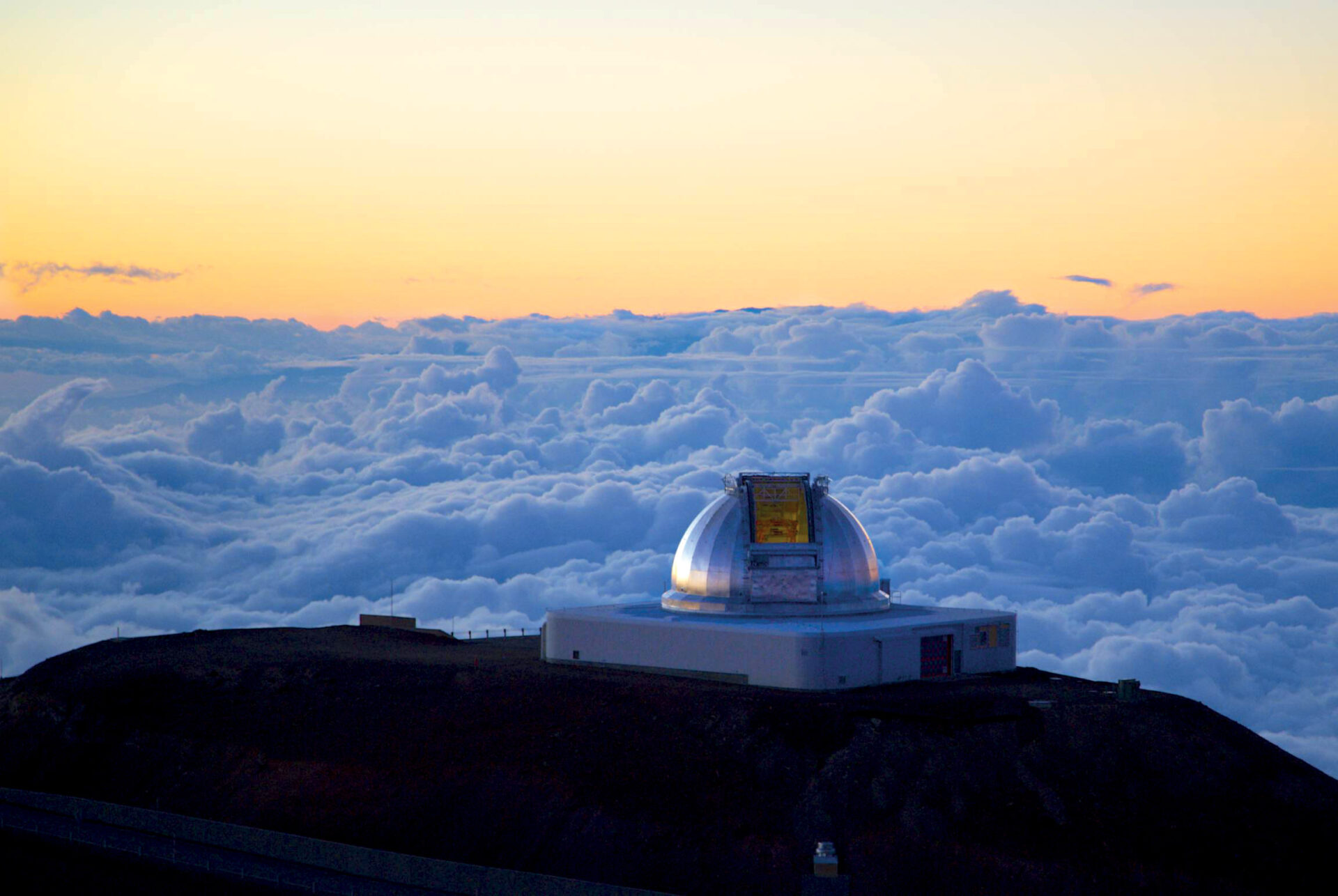
Hawaii Forest and Trail: Mauna Kea Summit and Stars
If you want a a luxurious option for stargazing on Mauna Kea without the hassle of driving, consider Hawai‘i Forest & Trail. They offer a 7.5-hour tour plus a catered dinner at a historic sheep-shearing station, a sunset visit to the summit, and stargazing with their telescope at the visitor center, complete with hot chocolate and cookies.
Driving up Mauna Kea
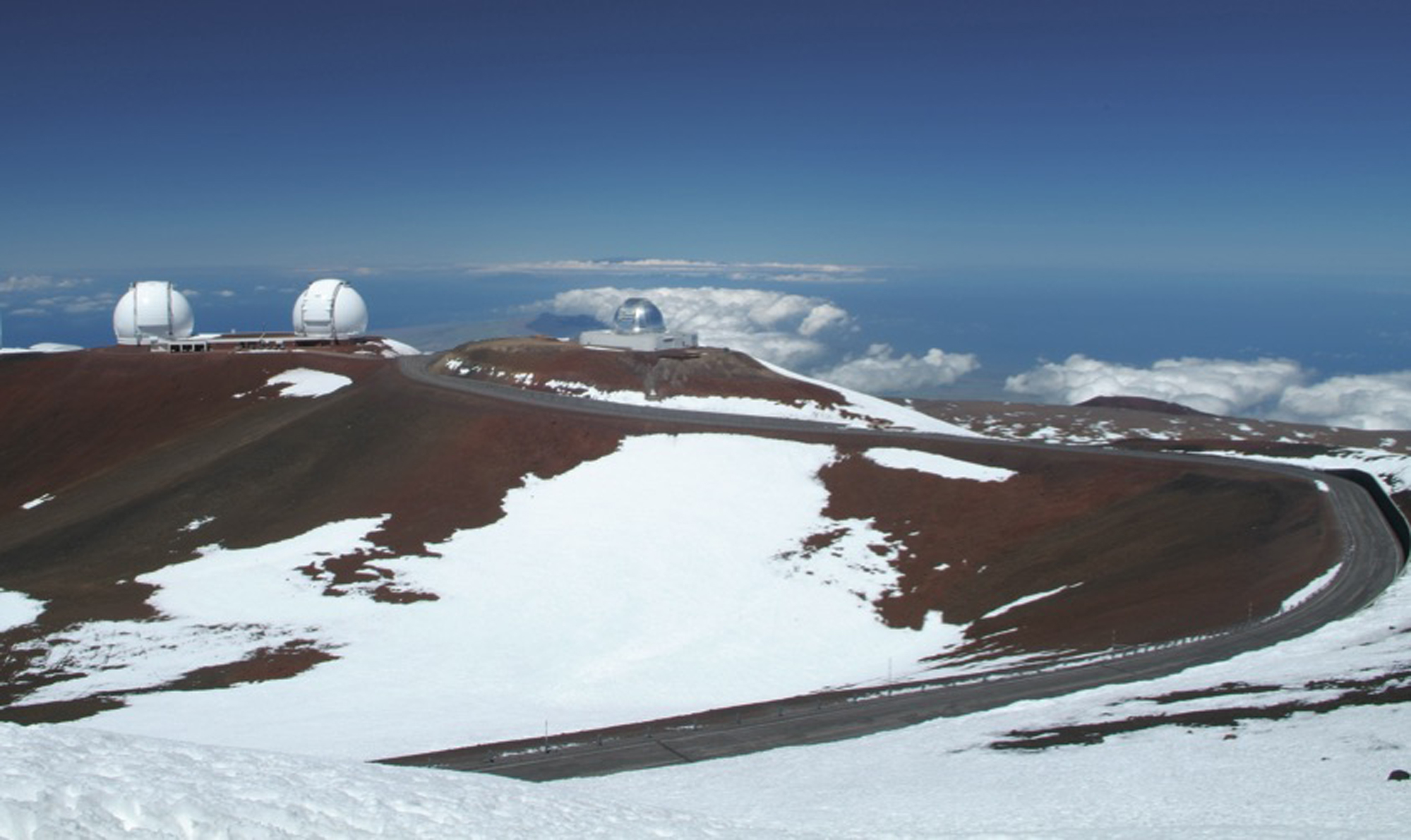 The most important thing to consider is the vehicle you’ll use for the journey. Four-wheel drive (4WD) is required because the unpaved portion of the somewhat steep road coming down can get a bit slippery at times, especially when wet. It’s especially hard on a vehicle’s brakes. (You can often smell the burning brake pads of other travelers as you navigate the road up the mountain.) 4WD vehicles usually have a gear low enough to deal with this situation. The road is a bit washboardy (I swear that’s a word, and it’s definitely a sensation—anyone that’s spent time on country roads knows the feeling), and they’ll often close it for a short time after a snow until they can plow it. (Finding a good snowplow repairman in Hawai‘i must be about as easy as finding a good surfboard shaper in Anchorage, Alaska.)
The most important thing to consider is the vehicle you’ll use for the journey. Four-wheel drive (4WD) is required because the unpaved portion of the somewhat steep road coming down can get a bit slippery at times, especially when wet. It’s especially hard on a vehicle’s brakes. (You can often smell the burning brake pads of other travelers as you navigate the road up the mountain.) 4WD vehicles usually have a gear low enough to deal with this situation. The road is a bit washboardy (I swear that’s a word, and it’s definitely a sensation—anyone that’s spent time on country roads knows the feeling), and they’ll often close it for a short time after a snow until they can plow it. (Finding a good snowplow repairman in Hawai‘i must be about as easy as finding a good surfboard shaper in Anchorage, Alaska.)

Stops on the Way to the Summit
Let’s forget the usual, touristy stops such as the Visitor’s Center and scenic lookout points. We’re talking about heading to the summit of the tallest mountain in the world. This is a sacred and unique landscape with some amazing sites that have been important to the Hawaiian people for millennia. Go with respect, an open mind and something to pack out anything you bring with you or find there—leave these places cleaner than you find them and take only photos and memories. Oh, bring water, warm clothes and sun protection, too. You’ll be able to visit two oddities before you get to the top.
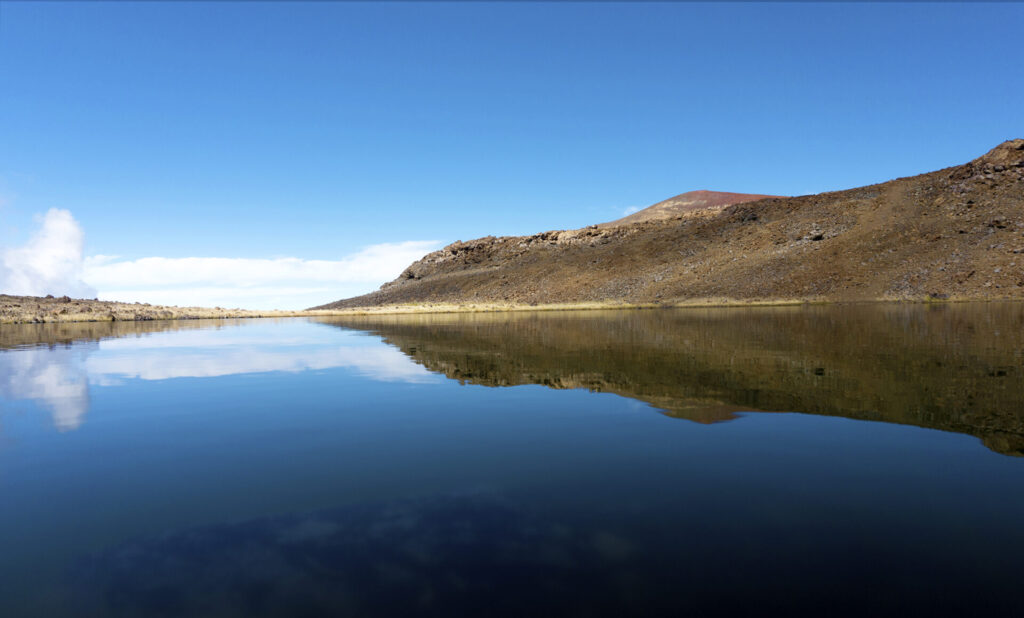
Lake Wai-au
Lake Wai-au, at 13,020 feet, sits in the bottom of an old cinder cone and is one of the highest lakes in the United States. The explanation for its unlikely existence goes back to the last ice age, when Mauna Kea was covered by a 20-square-mile glacier that was up to 350 feet thick and extended 3,200 feet below the summit. When the volcano erupted under the ice cap, it formed a dense layer of volcanic ash that prevents water from easily draining through the normally porous lava rock. For a time there was debate over what was feeding the lake, since there are no rivers on top of the mountain, and rain and snow seemed insufficient to replenish it. Many people (including me) believed the official answer that permafrost left over from the glacier was under the surface, trickle-feeding the area, but that theory went out the door when the lake dried up to a puddle only a few inches deep by the end of 2013, following several years of drought. When heavier rain and snowfall returned, the lake filled back up to the brim. Since then I’ve even seen a trickle overflowing out the backside, forming what is surely the coldest waterfall in all Hawai‘i. Though only 10-15 feet deep, the ancient Hawaiians thought the lake was bottomless, probably because they couldn’t find anyone crazy enough to venture into it at this frigid altitude. Lake Wai-au can be accessed by a 15–30 minute walk from the road.
 Keanakako‘i
Keanakako‘i
The other oddity up here is Keanakako‘i—Come on, say it. That’s a fun one. Keanakako‘i. It’s an ancient Hawaiian adz quarry. (An adz is a stone cutter used for shaping wood.) When Mauna Kea erupted during the last ice age, the glacier cap cooled the lava very quickly. The result is the densest and hardest rock in all the islands (tougher than spring steel) and was the hardest substance in the state. What’s impressive is that the ancient Hawaiians discovered this site (at 12,400 feet) and were able to successfully mine it for generations, trading it to other islanders for assorted goodies. The only trail to the adz quarry is near Lake Wai-au. You drop down first. Coming back up involves a grueling 800-foot ascent, a genuine ‘okole kicker at this altitude.
The Top of Mauna Kea
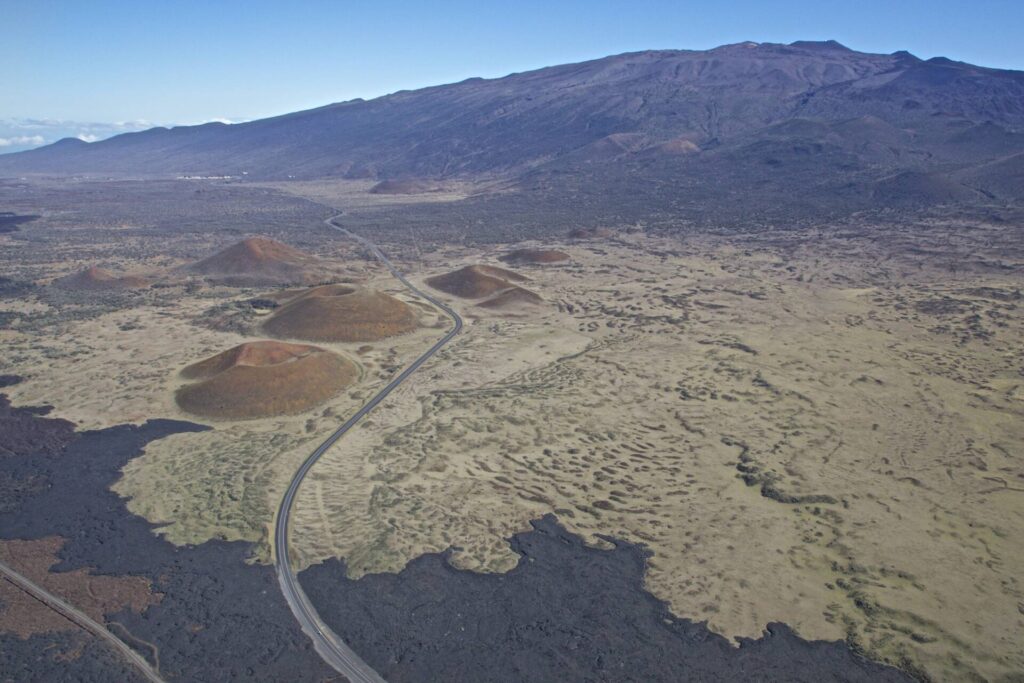 When you get out of the car at the top, there’s a good chance you may get a bit dizzy. It’s common. The air is thinner up here and your body will take some time to adjust to the relative lack of oxygen. Just go slow.
When you get out of the car at the top, there’s a good chance you may get a bit dizzy. It’s common. The air is thinner up here and your body will take some time to adjust to the relative lack of oxygen. Just go slow.
The actual summit is a quick (meaning 5–10 short-of-breath minutes) hike from the University of Hawaii Observatory. (Once you get there you’ll see the trail if you look over the railing.) There might be a large sign discouraging people from hiking to the summit, but it’s not official. I checked with authorities and you are still legally allowed to go to the true summit, which offers awe-inspiring views in all directions. Just continue to follow the advice given above—be respectful of others that may be up there, pack out anything you have with you and take only photos.
Our GPS driving tour is a great for navigating Big Island, but for detailed descriptions of the sights, beaches, activities and restaurants, you’ll need its companion. Our smartphone app has it all but there’s just something about having book in hand when exploring. Check out the guide where it all started. Sometimes old-school is the best school.
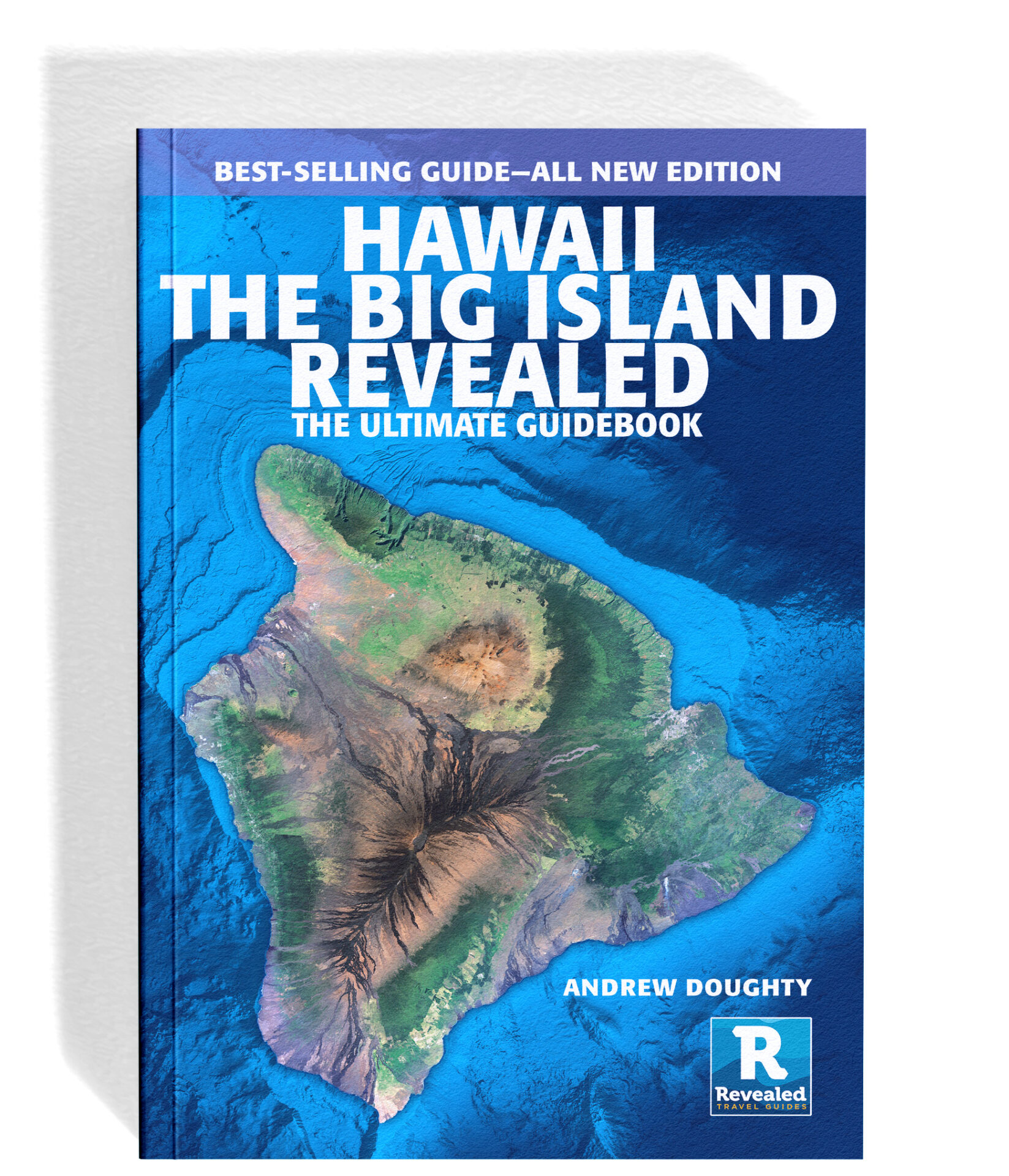



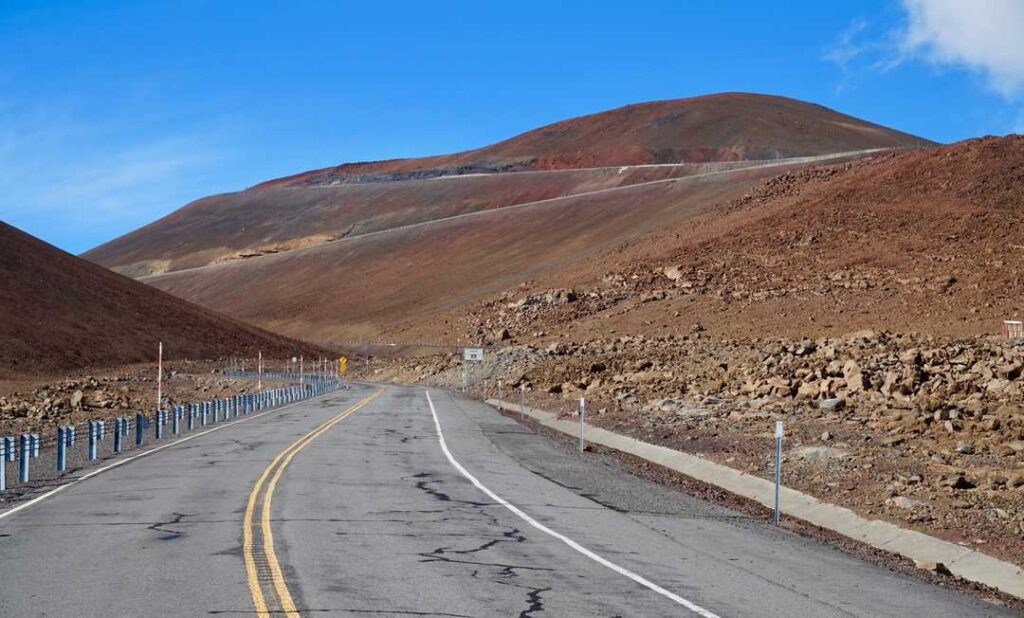
0 Comments